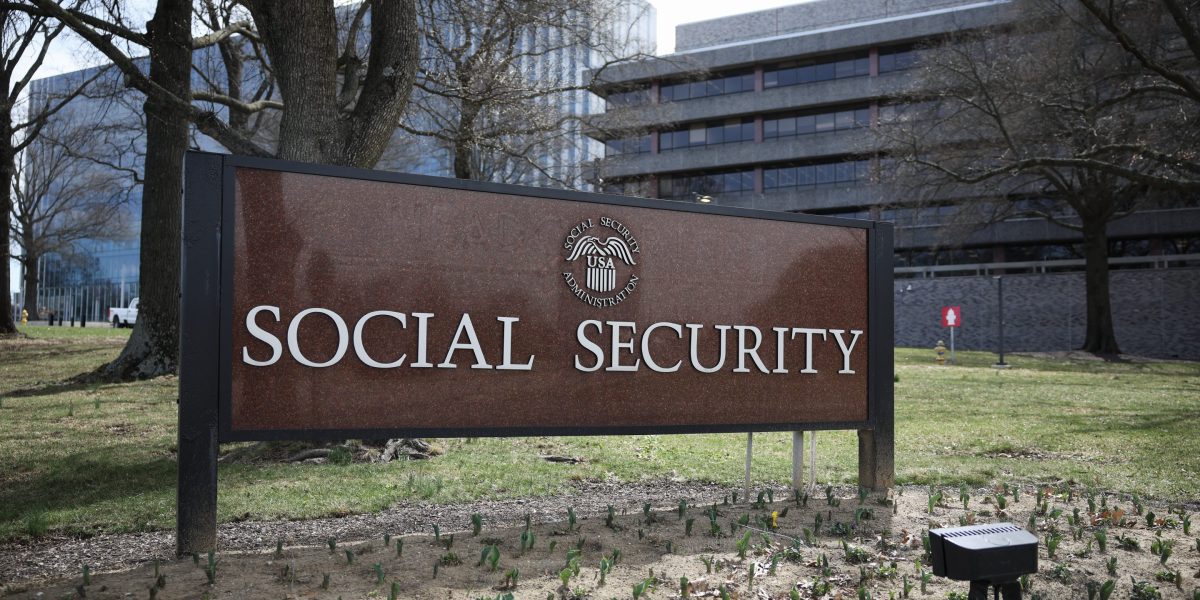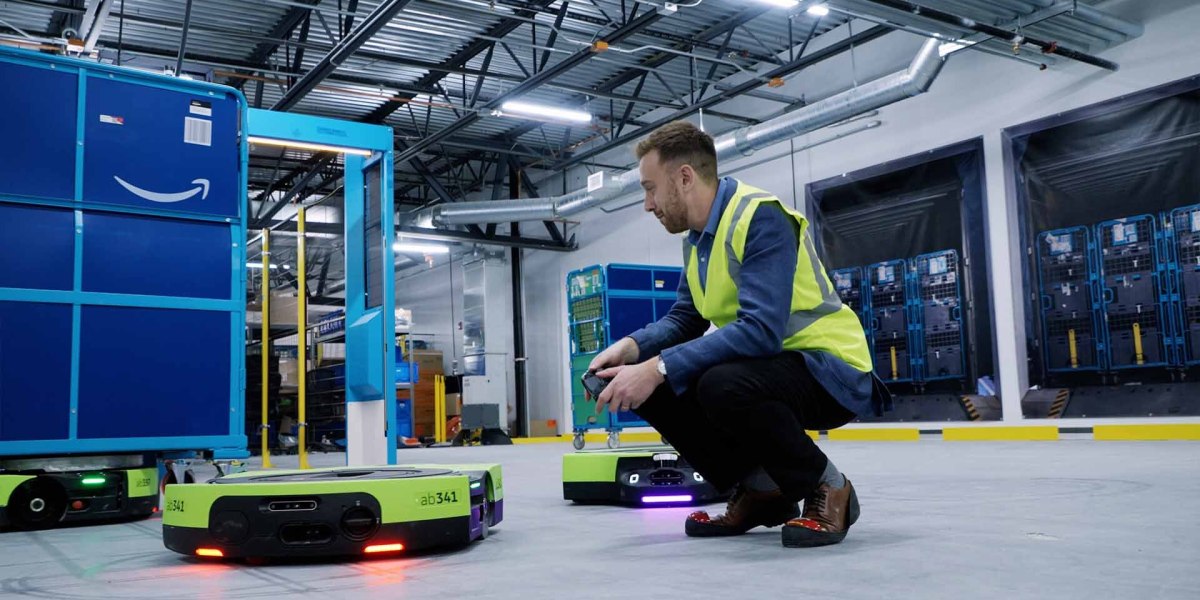- Elon Musk’s government efficiency team, DOGE, is taking aim at Social Security, claiming fraud while pushing controversial changes that could make it harder for seniors to access benefits. Critics, including Mark Cuban, say the changes are part of a “backdoor” effort to cut payments and gut the agency.
Elon Musk’s Department for Government Efficiency has a new target in its quest to eliminate government waste: Social Security.
Musk and the DOGE team have accused the agency of being engaged in widespread fraud, most notably claiming that tens of millions of dead people are erroneously receiving payments.
To curb some of this claimed identity fraud, the agency is enforcing stronger identity proofing procedures: a proposal that would force millions to file Social Security claims in person.
The change has been criticized by some, including billionaire Mark Cuban, who called the move a “backdoor way to cut payments.”
Former SSA officials and experts have echoed Cuban’s comments and raised concerns about the impact DOGE’s initiatives could have on Social Security payments.
“SSA recently required nearly all agency employees, including frontline employees in all offices throughout the country, to work in the office five days a week. This change ensures maximum staffing is available to support the stronger in-person identity proofing requirement,” a Social Security spokesperson told Fortune in an emailed statement. “The agency will continue to monitor and, if necessary, make adjustments, to ensure it pays the right person the right amount at the right time while at the same time safeguarding the benefits and programs it administers.”
Backdoor benefits cut
Laura Haltzel, a former associate commissioner at the Social Security Administration who resigned in late February, told Fortune DOGE was using the pretense of fraud within the agency as a way to reduce the amount of benefits being paid out.
The agency announced on Tuesday that individuals who are unable to verify their identity through an online My Social Security account will need to visit their local Social Security office to do so in person. A leaked memo also hinted that Social Security phone support may end identity verification, which would also increase in-person visits.
In response to the new identity proofing measures, the Social Security Administration also plans to expedite the processing of direct deposit change requests—both online and in-person—to just one business day, a significant reduction from the previous 30-day hold.
Several people, including Cuban, have raised concerns about how this could affect senior citizens living off Social Security checks.
“How many seniors who live exclusively off of their SS checks can afford internet? How many seniors no longer have a SS office near them now that dozens have been closed? What are people without internet or the ability to travel, or don’t have an office near them supposed to do if they need to reconfirm their bank account,” the billionaire said in a post on X.
Haltzel said that the changes would make it more difficult for some Americans to access their benefits while doing little to target actual fraud. She said the changes amounted to a “de facto” Social Security cut, the Trump administration’s promise not to touch the popular benefit.
“It’s creating an environment where the very beneficiaries we’re trying to serve are simply not going to be able to access the benefits they’ve paid for,” she said.
“We have always tried to make it easier for claimants…more efficient for claimants. And the justification that’s being put forward for why they are pushing this is the idea that there’s a great deal of fraud taking place,” she said. “Well, the math there just doesn’t add up.”
According to the SSA’s inspector general, only 0.3% of claims are attributable to fraud. Social Security’s payment accuracy rate is over 99% and the agency has several safeguards in place against improper payments, according to the progressive think tank Center on Budget and Policy Priorities.
Tiffany Flick, a former chief of staff at the U.S. Social Security Administration, has also said DOGE’s takeover of SSA appeared to be “based on the general myth of supposed widespread fraud.”
In a court filing, Flick raised concerns about DOGE staffers’ ability to protect sensitive taxpayer data. She said she was “not confident” that DOGE employees had “the requisite knowledge and training to prevent sensitive information from being inadvertently transferred to bad actors,” as the team had “never been vetted by SSA or trained on SSA data, systems or programs.”
“In such a chaotic environment, the risk of data leaking into the wrong hands is significant,” she said in the filing.
On Thursday, a federal judge temporarily blocked DOGE from accessing sensitive data at the Social Security Administration, saying they had little justification for their search for fraud.
“The DOGE Team is essentially engaged in a fishing expedition at SSA, in search of a fraud epidemic, based on little more than suspicion,” the judge wrote.
Musk’s ‘dead people database’
One of the main arguments Musk and DOGE have used for the need for reform is the claim that dead people are being paid Social Security, something Musk has referred to as a “dead people database.”
“Maybe Twilight is real and there are a lot of vampires collecting Social Security,” Musk said in a post on X.
“Having tens of millions of people marked in Social Security as ‘ALIVE’ when they are definitely dead is a HUGE problem. Obviously. Some of these people would have been alive before America existed as a country. Think about that for a second,” he added in a separate post.
Trump later echoed the claims in a press briefing, claiming “millions and millions of people over 100 years old” were receiving Social Security benefits: “They’re obviously fraudulent or incompetent.”
The claims have been debunked by experts and news outlets, but Musk has continued to push the claim.
“What people don’t understand is that you can have an active Social Security number for a very long time because Social Security pays a worker’s earning record and can pay widow’s benefits or children’s benefits, so there can be many different benefits,” Nancy Altman, president of Social Security Works and chair of the Strengthen Social Security coalition, told Fortune.
Altman said she was concerned that DOGE was trying to convince people that there was widespread fraud to undermine confidence in the program and the government, while using it as an excuse to “hollow out” the agency.
“It could end up completely nonfunctional, and create a lot of waste and abuse,” she said.
The numbers thrown out by Musk and Trump appear to misrepresent Social Security data.
“They don’t understand the difference between an active claim and active benefits and historical claims and historical benefits,” Haltzel said, pointing out that people may still be in the system but not actually be receiving benefits. “It’s simply not worth the time and effort of our staff to go into the records to undo the previous history of somebody who has passed on they’re not receiving benefit payments today.”
Job cuts could put the already understaffed agency under strain
Officials have also raised concerns about the proposed staff cuts at the SSA.
Haltzel, who took early retirement in February, said the team had “instilled in everybody at SSA a definite fear that if they didn’t leave, their job might be lost to them.”
She accused the cost-cutting team of intentionally creating a culture of fear and unpredictability and operating with a clear disdain for government employees.
DOGE has been clear about its plans to slash government headcount, but experts say cuts could cause the already understaffed SSA to crumble under the pressure.
“You can reduce the direct costs by having fewer federal employees, and you can make it harder for people to claim benefits because the people who would have served them are gone,” Haltzel said. “The fewer people, the longer it’s going to take.
“They are absolutely creating administrative burdens where there need not be any, under the guise of saving, you know, waste, fraud, and abuse,” she added.
Altman warned the agency’s workloads had increased as staffing levels decreased. The SSA hit a 25-year low in agency employees in the 2024 fiscal year.
“You’ve got increasing birth and decreasing staff,” she said. “I’ve been working on this program for the last 50 years, and this is the most serious threat I’ve ever seen to it.”
This story was originally featured on Fortune.com
Source link


 Entertainment8 years ago
Entertainment8 years ago
 Politics8 years ago
Politics8 years ago
 Entertainment8 years ago
Entertainment8 years ago
 Entertainment8 years ago
Entertainment8 years ago
 Tech8 years ago
Tech8 years ago
 Tech8 years ago
Tech8 years ago
 Politics8 years ago
Politics8 years ago
 Tech8 years ago
Tech8 years ago






